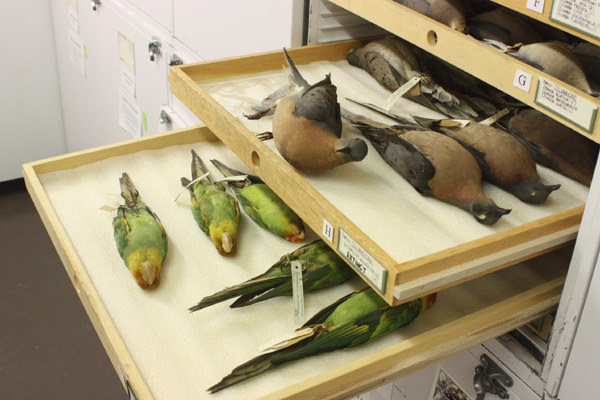 Have you visited a natural museum and seen collections of native animals and birds?
Have you visited a natural museum and seen collections of native animals and birds?
Usually, these specimens were only for historical value. However, now, scientists are using dead birds to measure air quality in the U.S over the past century, going all the way back to the Industrial Revolution!
How is this possible? Well, as it turns out, burning coal produces soot in the air, which gets trapped in birds' feathers. Since birds undergo molting each year (replacing their feathers with a new set), the amount of soot in a dead bird reflects the air quality the year it died!
Pretty cool, isn't it! Let's find out what the study revealed.
First, What Is Industrialization?
 Industrialization refers to the development of industries, from agricultural to manufacturing, on a large scale.
Industrialization refers to the development of industries, from agricultural to manufacturing, on a large scale.
The Industrial Revolution began in the late 1700s to early 1800s with the arrival of machines that replaced manual labor. For example, the cotton gin and the sewing machine speeded up production in the textile industry, while the invention of the telephone and steamboat technology improved communication and transportation.
Coal became the fuel of choice as factories produced more goods. Higher production led to greater profits, and soon the western world was transformed. As industrialization spread, the use of coal increased as well.
What The Birds Revealed
The preserved birds that had lived during the beginning of the Industrial Revolution were covered with the most soot.
Over time, the use of coal increased and decreased depending on the political and economic situation in the country -- and the amount of soot on the birds rose and fell as well. The Great Depression saw a decrease in coal usage and cleaner air. However, soon after, World War II saw soot on birds' feathers increase, as coal was used to manufacture for the war efforts.
With the passage of several laws regulating air pollution since the 1950s, the birds of today are a lot cleaner than they were a century ago.
While the study does not give us an exact measure of how polluted the air was in the U.S during the coal era, it indicates a trend. This study also shows how important it is to preserve museum collections. Who would have thought that dead birds could tell a story!







